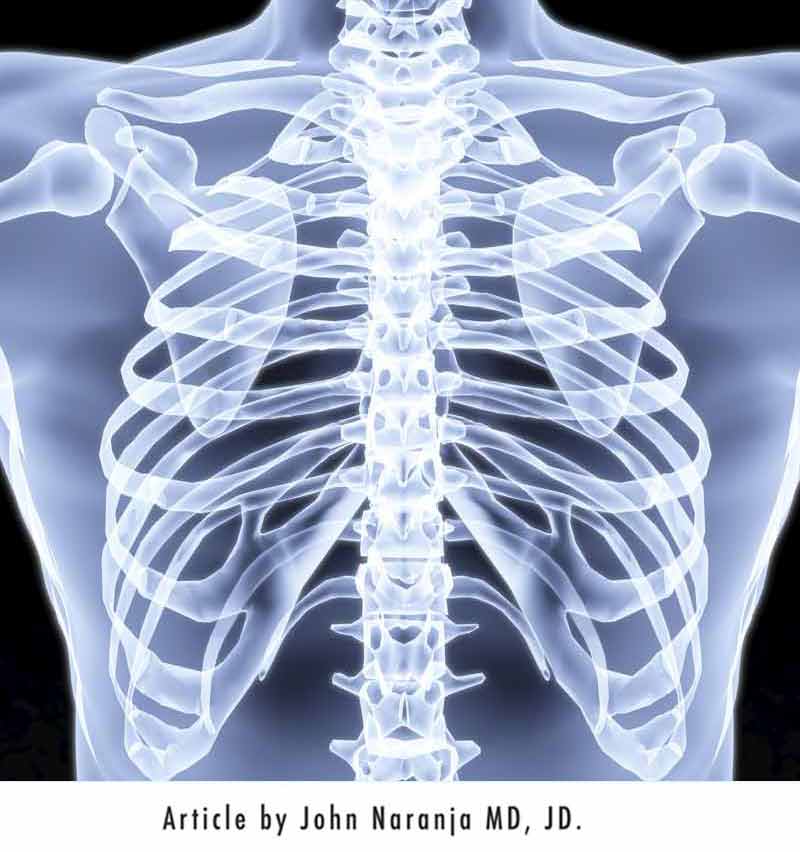
Chest trauma from motor vehicle collisions represents serious injuries. Another term for this type of trauma is blunt chest trauma. Many also recognize these injuries under a generic umbrella designation of chest contusions. While technically chest contusions are a bruise to the skin, muscles, or bones of the chest, this article will discuss the spectrum of injuries related to blunt force trauma to the chest.
The chest, also called the thorax, includes that part of the body between the neck and abdomen. It is enclosed and protected by the bones of the sternum, clavicle, and ribs in front, with a continuation of the ribs connecting to the spine and scapulae toward the back.
Inside this bony cage are vital organs such as the heart, lungs, great blood vessels, and esophagus.
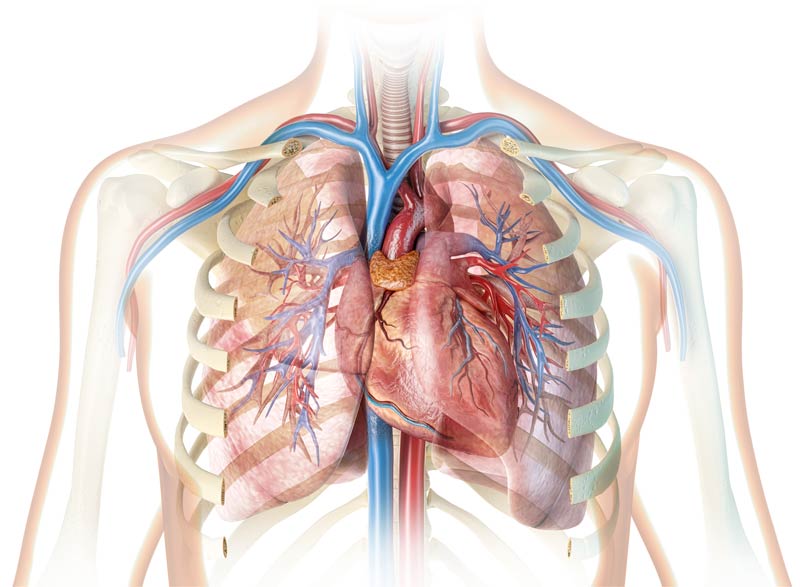
Each may be injured from chest trauma, with more serious injuries arising from heart, lung, and great vessel insult. With respect to the heart, 20% of road traffic deaths involve injury to the heart. Another 15% are related to disruption of the great vessels that include the ascending aorta, aortic arch, and the initial part of the descending aorta,
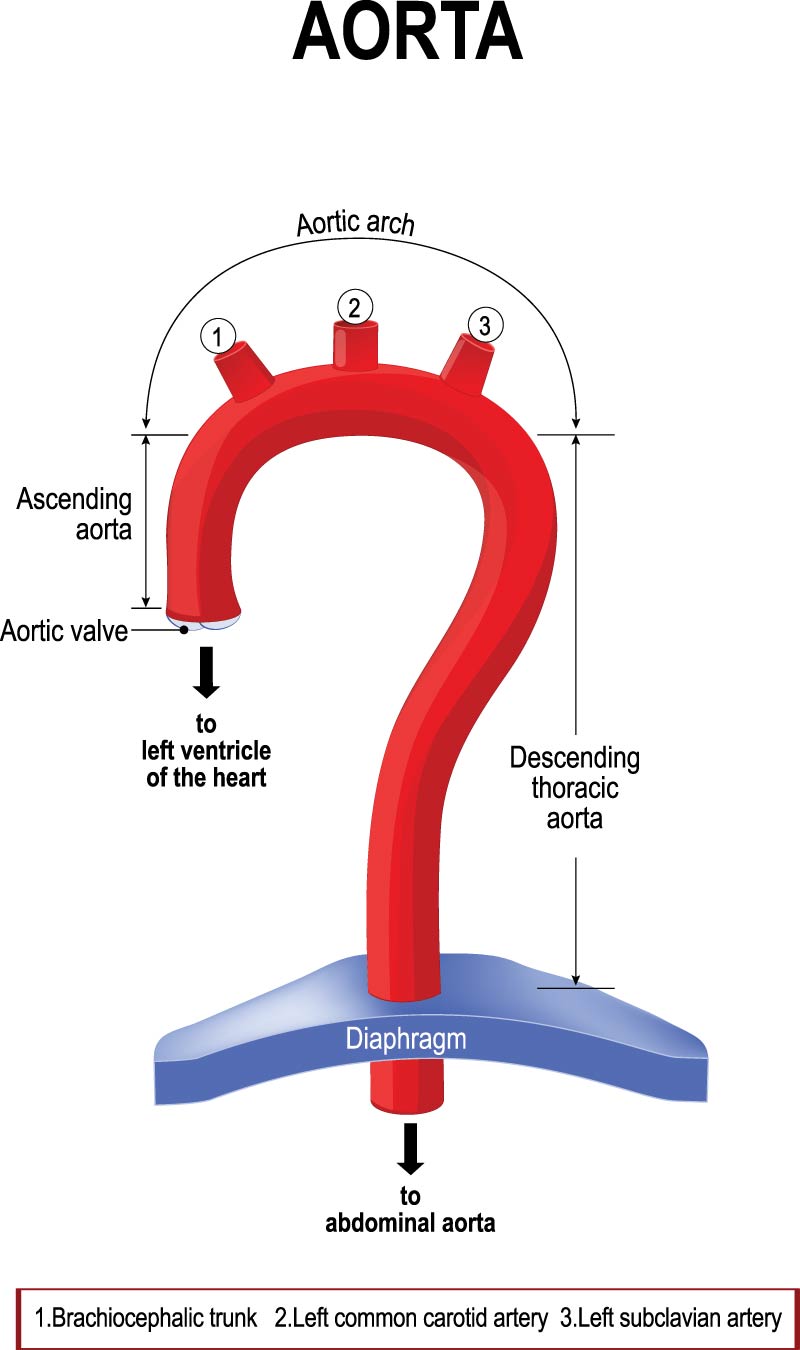
while severe lung injury, or pulmonary contusion has been found to be a significant risk factor contributing to mortality.
Chest trauma after a motor vehicle collision may result from direct impact on the steering wheel, tightening of the seat belt with a sudden stop, airbag deployment,

and even flying debris that strikes a rider’s chest. Injury may also occur because of the sudden deceleration that occurs after the direct impact. Similar to whiplash injuries we have discussed elsewhere, the sudden acceleration and deceleration of structures inside the chest can cause damage.
The extent of injury is related to the magnitude of the force applied to the chest region. Smaller direct forces will result in bruising, or discoloration of the skin secondary to disruption of underlying small blood vessels and capillaries.

Although the pain can last an unexpectedly long duration, isolated skin contusions can heal without significant formal medical intervention. Increasing forces, however, can transmit energy to injure soft tissues like muscle and adjacent bone. When these forces are sufficient, fracture of the bone, most commonly the ribs, may occur.
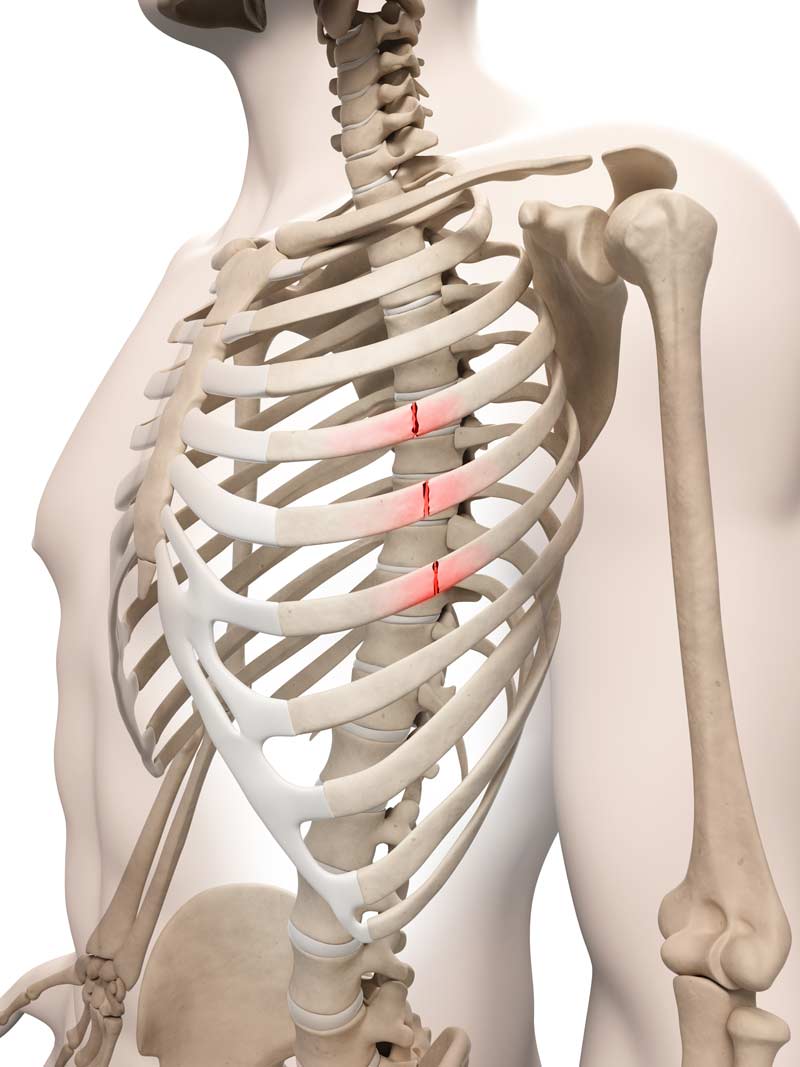
Rib fractures are important to identify because, in addition to contributing to pain with breathing, they can sometimes indicate injury to underlying structures requiring further diagnostic investigation. Rib fractures in isolation are typically treated with pain medications and modifying activities. Breathing exercises are important to prevent the development of pneumonia.
Pictured below is an Incentive Spirometer device in which a patient inhales and exhales to help prevent the development of pneumonia after a rib fracture.
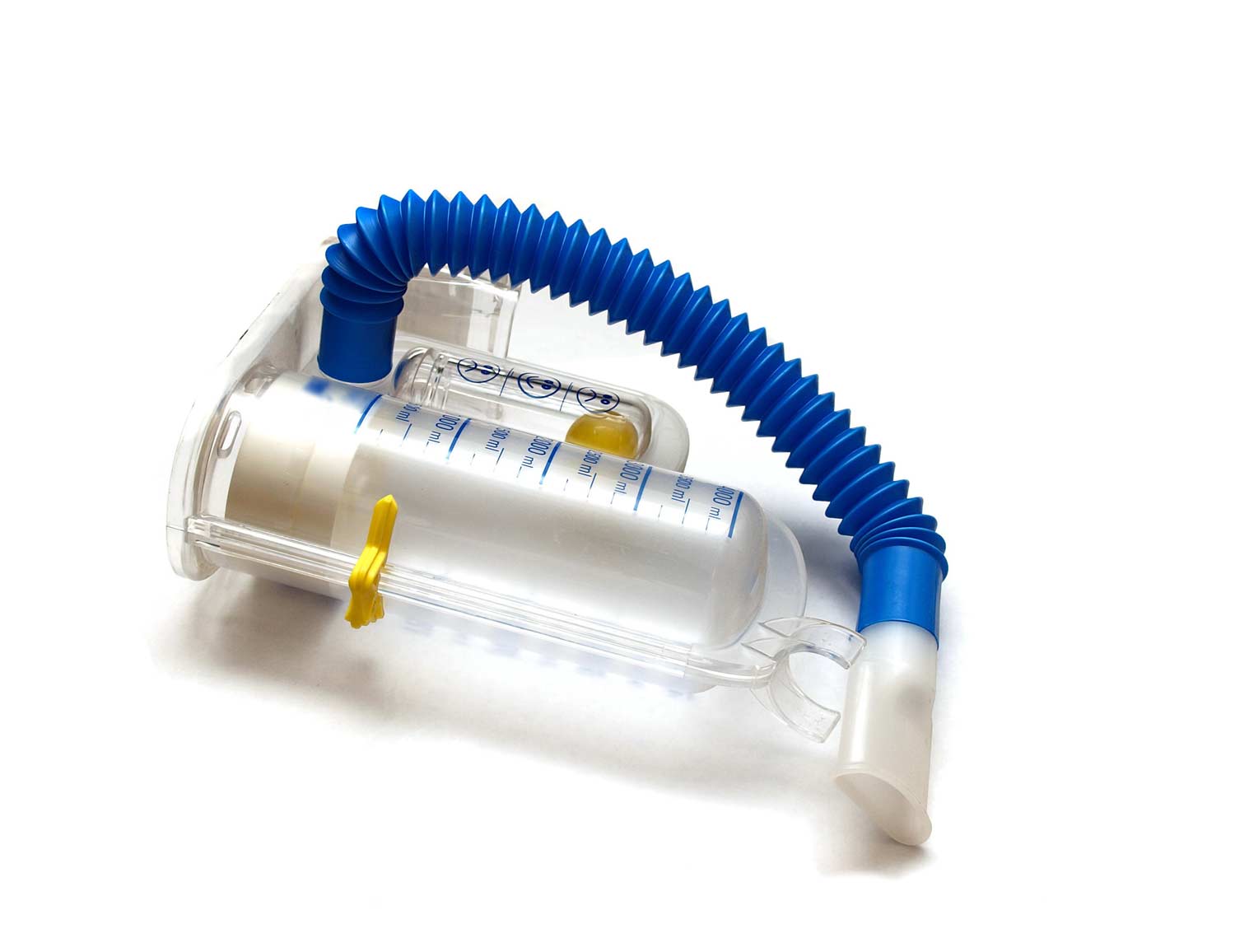
Pain with breathing can also be an indication of a pulmonary contusion. Bruising of the lung can compromise breathing because a collection of blood or an accumulation of fluid or swelling grows sufficiently large. In certain cases, intervention to reduce the blood or swelling may be necessary with a chest tube inserted directly in the area of compromise.
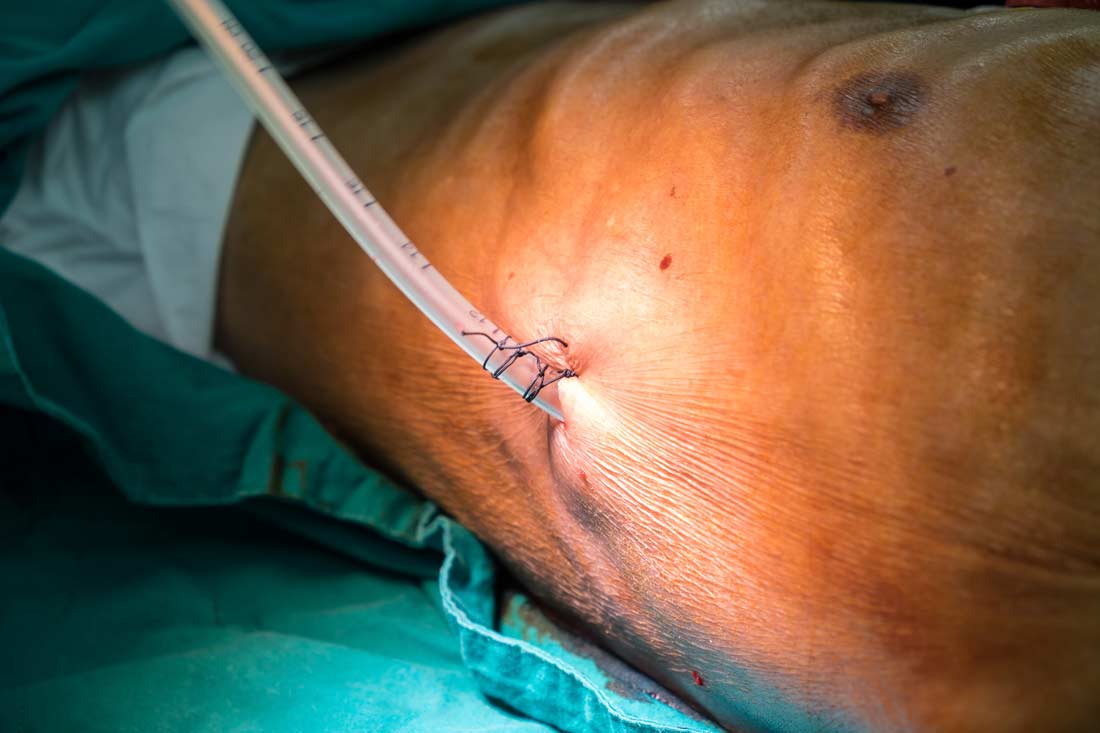
Contusion directly to the heart can also affect the functioning of the heart and lead to an irregular heartbeat, or arrhythmia. Detection by an examination and EKG/heart monitoring may help identify this abnormality.

Where the mechanism is acceleration-deceleration with considerable force, the great vessels are at risk for injury. This most common mechanism is a head-on type collision. The most common location is the descending aorta.
Chest contusions and their associated injuries embody an array of harms ranging from the most minor to those that can lead to death. A comprehensive, and sometimes emergent, medical evaluation may be necessary to institute appropriate life-saving measures.
Dr. John, Esq. is both an attorney and a physician. Before obtaining his law degree, Dr. John Naranja practiced for approximately 12 years as an orthopedic surgeon.
